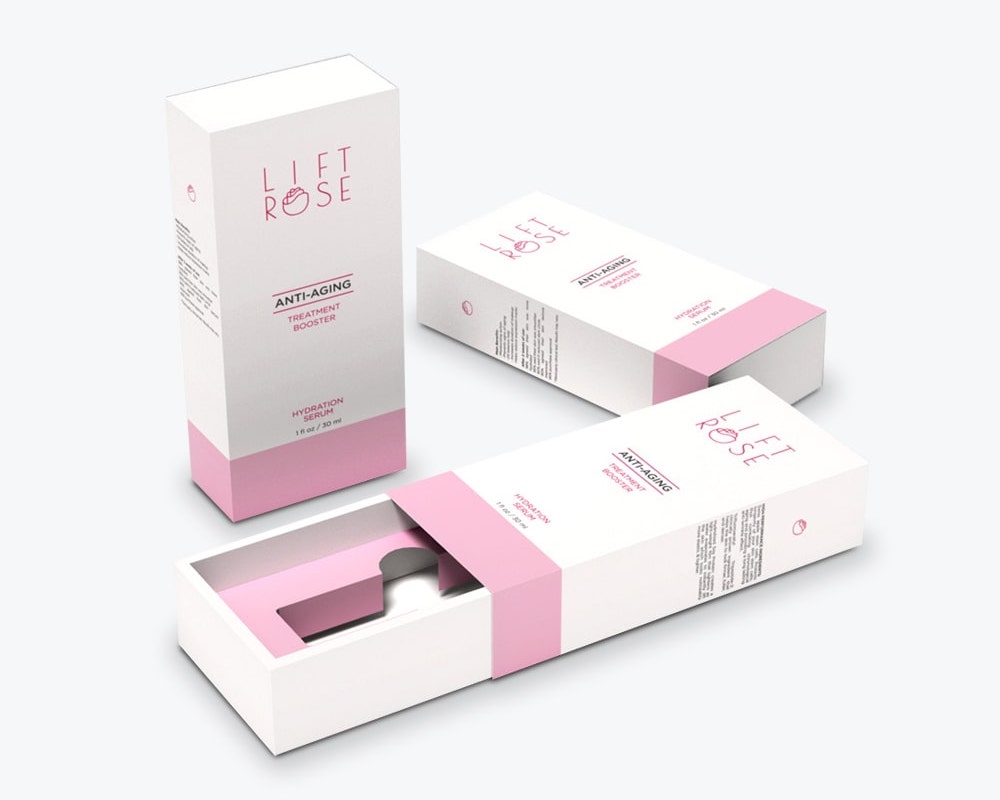Don’t you love to shake presents to guess what’s inside?
Chances are, the content will jiggle if the box is much larger than the content, especially if the giver packed it themselves by hand. When the gift is heavy and quiet, we secretly wish it’s a luxury or high-end item. Why? More often than not, brands selling pricier products package them with inserts that hold them steady in the carton container.
If you’re considering packaging inserts for your fragile product line or want them for your kits and subscription business, you’re in the right place. Hang on tight as we discuss the different packaging insert options available for every product type. You’ll also discover various promotional inserts your brand can consider for added engagement and upsell opportunities.
Packaging Insert Types
Packaging inserts can be either box inserts or promotional inserts. The first type supports a product’s protection and safety, while the second type serves as multi-purpose advertisement cards.
Box Inserts
Some of the immediate benefits of box inserts include:
- Effective blocking (preventing side-to-side movement) and bracing (preventing up-and-down motion) of one or several items in your box, reducing or eliminating the shock and resulting damage your products can acquire during impact while the box undergoes storage, transport, and hand delivery
- Compartmentalizing items, preventing them from rubbing against each other
- Reducing labor involved in applying protective wrap or assembling loose void fills
- Improving product presentation, resulting in positive unboxing moments
Here are the most common packaging insert types you can choose from:
Corrugated carton

These corrugated carton inserts typically separate the product from the cardboard packaging‘s walls. Their fluting layer cushions and reduces shock acquired by the item in case of impact during storage, transport, or hand delivery.
Due to their thickness, these inserts aren’t suitable for small products and items or primary packaging with complex shapes. Like paperboard inserts, the white paper variety is ideal for colored printing, while the Kraft paper type can take black-and-white printing. Learn more about the distinction with our guide comparing cardboard vs corrugated cartons.
Chipboard
Several recycled paper sheets glued and pressed together compose chipboard or particle board inserts. They’re thinner than corrugated boards and have no flutes, making them more appropriate for lightweight and non-fragile items. Like corrugated inserts, chipboards make great inlays, dividers, and pads for stacked items.
Paperboard

Paperboard may be thinner than corrugated cartons, but that’s what makes them versatile. You can easily fold and customize them into your desired shape and size. Solid bleached sulfate (SBS) for high-quality colored print and unbleached brown or Kraft paper for black-and-white printing are the most common paperboard options. They’re also the most inexpensive insert type and partner well with your paper box. Dig into more detail with our ultimate guide to custom packaging inserts.
Molded or paper pulp

Box makers combine recycled paper and cardboard to produce paper pulp inserts, which they mold into various shapes and sizes to secure glassware, electronics, ceramics, and other delicate products. Traditional egg carton boxes and many wine packaging use this insert type.
Mushroom packaging
Another highly recommended eco-friendly insert is mushroom packaging. The material consists of mycelium—the root system of mushrooms—and hemp hurd, or the inner fibers of a hemp stalk. Its insulating properties make it advisable for edible and temperature-sensitive goods.
Foam

Foam is lightweight and custom-cut to snugly fit a product’s specific shape. As a result, it’s another cushioning and protective option for fragile items.
Foam inserts come in low (cross-linked polyethylene or XLPE), medium (expanded polyethylene or EPE), and high densities (ethylene-vinyl acetate or EVA, resembling yoga mat material). Meanwhile, the soft and flexible polyurethane foam (which resembles the material used in dishwashing sponges) comes in various densities.
Molded plastic

Plastic is another customizable material available in various thicknesses and materials. The most popular are polyvinyl chloride and polyethylene terephthalate (made from recycled polymer used for food products).
Blister insert is the other name of this insert type, referring to the product of thermoforming or heat application to mold the plastic.
Here’s a summary of box inserts and the products they match with the best:
| Material | Types/Options | Product weight | Fragility Level |
| Paper
|
Corrugated carton | Medium to heavy | Fragile |
| Chipboard | – | – | |
| Molded or paper pulp | – | – | |
| Paperboard | Light | Non-fragile | |
| Plant fibers | Mushroom inserts
(but needs adequate ventilation and should avoid excessive moisture) |
Light to medium | Fragile |
| Foam
|
Cross-linked polyethylene or XLPE | Light to medium | Fragile (for “class A surfaces” because it’s non-abrasive, including light objects such as smartphones and medium to heavy automotive parts) |
| Expanded polyethylene or EPE | Medium to heavy | – | |
| Ethylene-vinyl acetate or EVA | Heavy | Fragile | |
| Polyurethane | Light | Fragile | |
| Plastic
|
Polyvinyl chloride or PVC | Light to medium | Fragile (food items, prescription medicine) |
| Polyethylene terephthalate or PET | – | – |

